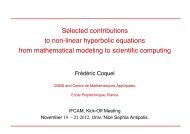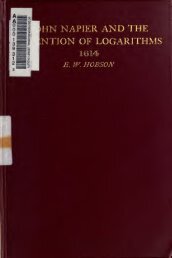The construction of the wonderful canon of logarithms
The construction of the wonderful canon of logarithms
The construction of the wonderful canon of logarithms
Create successful ePaper yourself
Turn your PDF publications into a flip-book with our unique Google optimized e-Paper software.
Introduction.<br />
xv<br />
in <strong>the</strong> way <strong>of</strong> systematising and developing <strong>the</strong> sciences<br />
<strong>of</strong> arithmetic and algebra, probably some years before<br />
<strong>the</strong> publication <strong>of</strong> A plaine discovery,' appears in <strong>the</strong><br />
'<br />
manuscript published in 1839 under <strong>the</strong> title De Arte<br />
'<br />
Logistica.' From this work it appears that his investigations<br />
in equations had led him to a consideration <strong>of</strong><br />
imaginary roots, a subject he refers to as a great algebraic<br />
secret. He had also discovered a general method for <strong>the</strong><br />
extraction <strong>of</strong> roots <strong>of</strong> all degrees.<br />
<strong>The</strong> decimal system <strong>of</strong> numeration and notation had<br />
been introduced into Europe in <strong>the</strong> tenth century. To<br />
complete <strong>the</strong> system, it still remained to extend <strong>the</strong><br />
notation to fractions. This was proposed, though in a<br />
cumbrous form, by Simon Stevin in 1585, but Napier<br />
was <strong>the</strong> first to use <strong>the</strong> present notation.*<br />
Towards <strong>the</strong> end <strong>of</strong> <strong>the</strong> sixteenth century, however,<br />
<strong>the</strong> fur<strong>the</strong>r progress <strong>of</strong> science was greatly impeded by<br />
<strong>the</strong> continually increasing complexity and labour <strong>of</strong><br />
numerical calculation. In consequence <strong>of</strong> this, Napier<br />
seems to have laid aside his work on Arithmetic and<br />
Algebra before its completion, and deliberately set<br />
himself to devise some means <strong>of</strong> lessening this labour.<br />
By 1594 he must have made considerable progress in<br />
his undertaking, as in that year, Kepler tells us, Tycho<br />
Brahe was led by a Scotch correspondent to entertain<br />
hopes <strong>of</strong> <strong>the</strong> publication <strong>of</strong> <strong>the</strong> Canon or Table <strong>of</strong><br />
Logarithms. Tycho's informant is not named, but is<br />
* See note, p. 88.<br />
c 2 generally


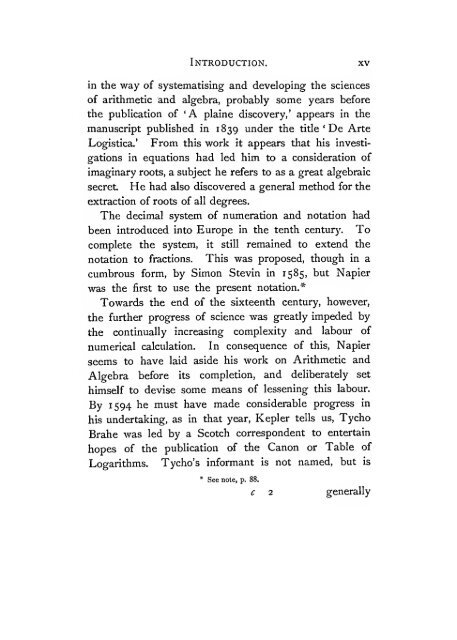
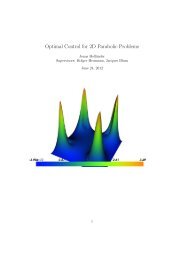
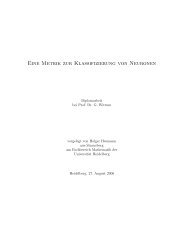
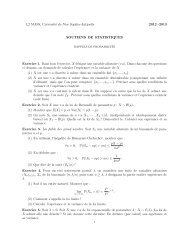
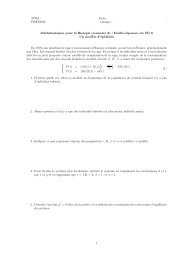


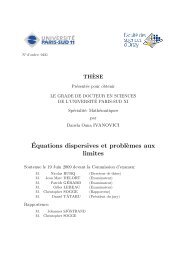
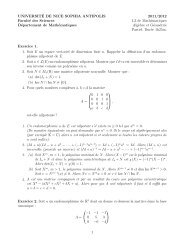
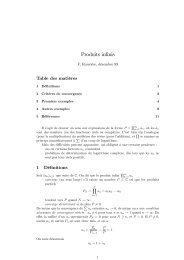
!['eries enti\`eres (+ [D78 Th d'Abel angulaire])](https://img.yumpu.com/14067031/1/184x260/eries-entieres-d78-th-dabel-angulaire.jpg?quality=85)
